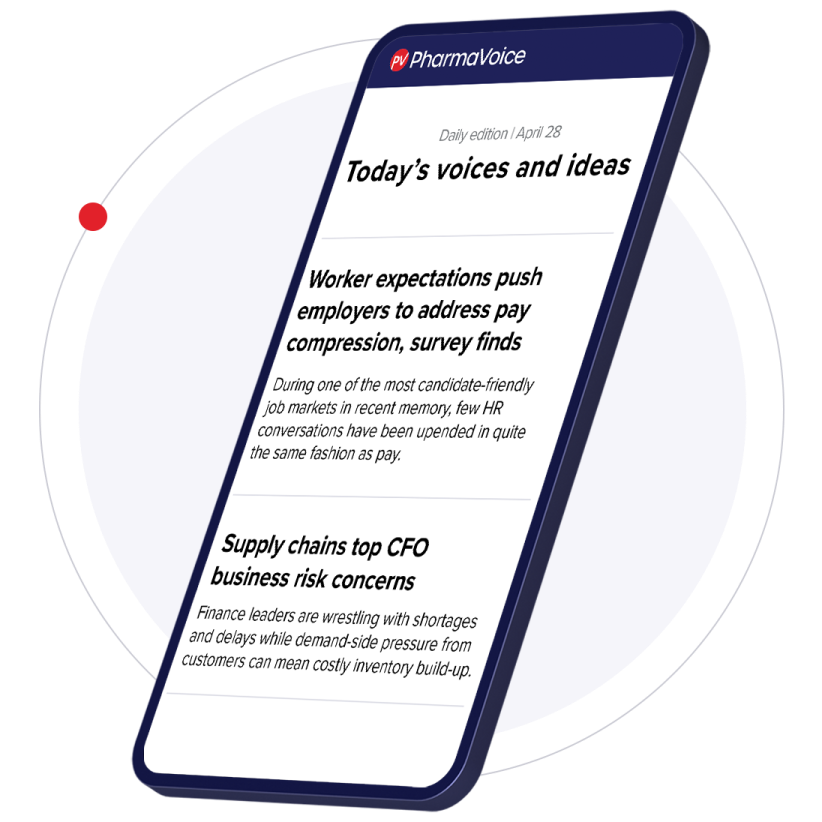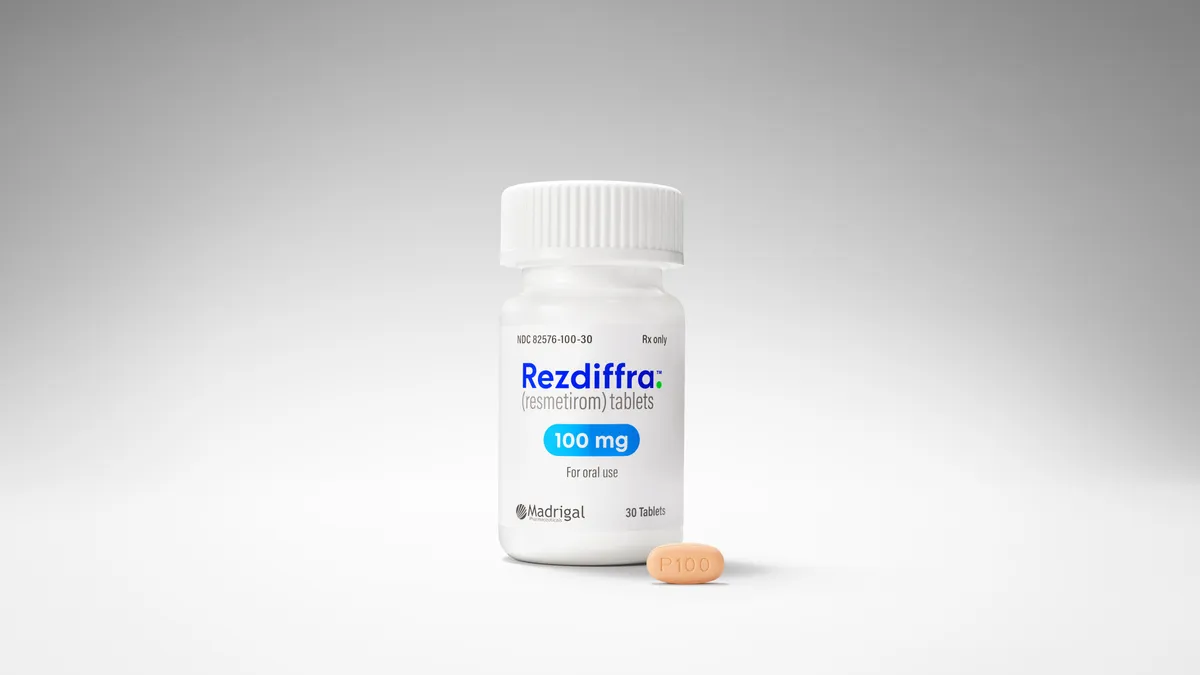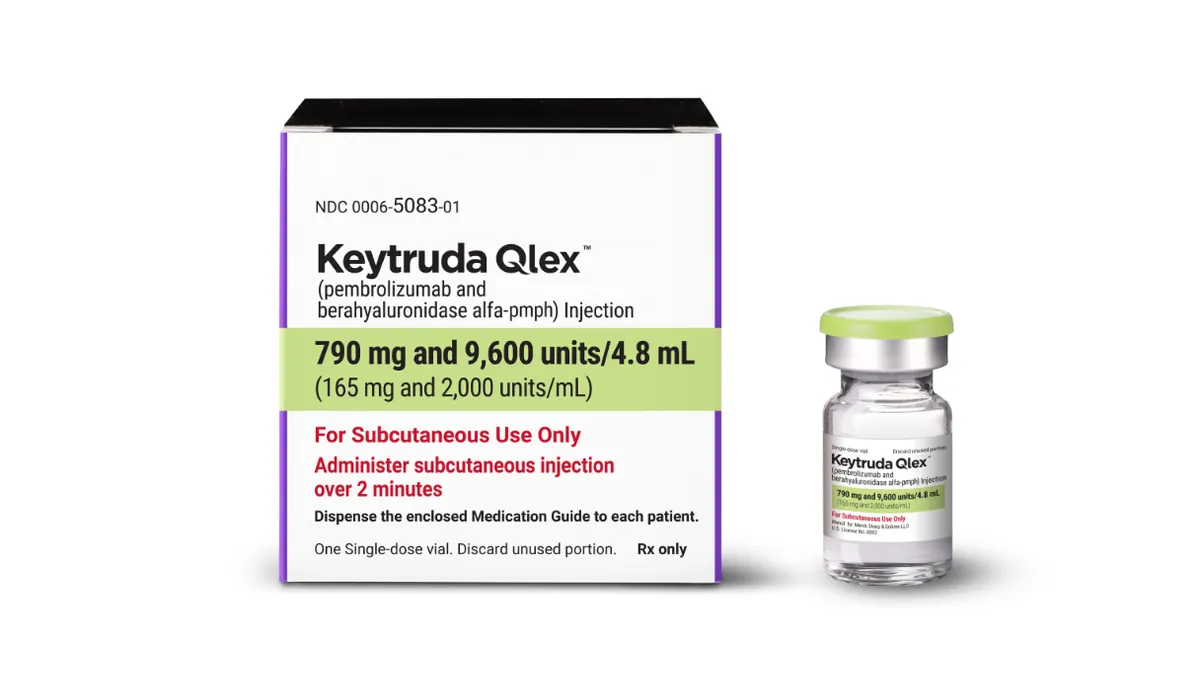Pregnant bodies undergo a dramatic transformation. Making room for a growing fetus, the hormones rage, blood flow surges and organs shift. Even the brain isn’t spared as cortical gray matter thins away.
These physiological shifts can impact how drugs behave in the human body. But the safety and efficacy of drugs in pregnant and breastfeeding women are often poorly understood in part because of their historical exclusion from research.
Only 4% of all clinical trials from the last 10 years allowed inclusion for pregnant women, according to analysis of data in the International Clinical Trials Registry Platform released by the WHO this year.
Recently, the FDA released draft guidance aimed at providing pharma companies a roadmap to including pregnant and lactating women in drug development — and potentially boosting representation.
While the guidance doesn’t mandate that companies include pregnant and breastfeeding women in clinical research, it provides a “trigger” to get pharma talking about the issue, said Karen Yeo, senior vice president of client and regulatory strategy at Certara, a research solutions company.
“What we see in [the guidance] is that pharma companies need to talk about how they’re going to offer trials to pregnant and breastfeeding women going forward,” Yeo said.
Plans for testing drugs in pregnant or lactating women are typically set during the post-marketing phase. But even then, the trials may not happen, Yeo said.
“Clinicians are pushing back because if we don’t include pregnant women in trials, they don’t have the data to know how drugs impact them."

Karen Yeo
SVP of client and regulatory strategy, Certara
This dearth of insight into drug effects on pregnant women has sowed confusion around women’s health, especially as unsubstantiated health claims emerge from the Trump administration.
The scientific community has fought back against President Donald Trump’s notion that pregnant women should not take Tylenol, which he linked to autism during a press conference last month.
The FDA responded to the “possible association” between the common painkiller and autism by announcing plans to slap a new warning label on Tylenol products.
Shifting guidance around the use of COVID-19 vaccines in pregnant women has also fueled concerns around shots that were recently considered safe.
All of this is happening in a regulatory landscape lacking in data-driven certainty.
“Regulators have said ‘enough,’” Yeo said. “Companies will have to start thinking about this much earlier and indicate during the submissions phase how they’re going to conduct studies [on pregnant and breastfeeding women].”
The pharma industry will be up against deeply embedded hurdles.
A long-standing challenge
Lawmakers mandated the inclusion of women and minority groups in clinical trials through the NIH Revitalization Act of 1993. And regulators cleared a path for more pregnant and breastfeeding women in clinical trials through changes brought by the 21st Century Cures Act in 2016.
But progress has been stymied by cultural barriers, researchers’ hesitancy to expose women to harm and concerns about potential liability claims.
Although 9 out of 10 women report taking at least one drug during pregnancy, safety data is available for fewer than 10% of medicines approved since 1980, according to the CDC. Without data on what’s safe for women, the burden of medication decision-making gets punted to healthcare providers.
“Clinicians are pushing back because if we don’t include pregnant women in trials, they don’t have the data to know how drugs impact them,” Yeo said.
Emerging technology is beginning to fill some of this persistent knowledge gap.
Using AI, one group of data scientists developed a model a few years ago to identify which drugs could cause birth defects — even among medications that had yet to be deemed unsafe — according to a release from Icahn School of Medicine at Mount Sinai in New York.
Another example, while still relatively new, is a platform launched by a group of academic and medical centers in the Netherlands last year that offers dose recommendations for pregnant women based on data from several sources, including studies into how much medication gets passed through the placenta into an unborn child.
Certara also collaborated with 37 pharma companies to develop a platform with a range of predictive capabilities including drug-drug interactions, organ impairment and dosing for pregnant women.
“Our pregnancy model accounts for changes like blood flow and drug metabolization in different trimesters,” Yeo explained. “So we can simulate women based on age and predict safe dosing for a range of drugs.”
But the need for data from randomized controlled clinical trials remains. And if the FDA finalizes its draft guidance, which is open for public comment, pharma companies will not only have to create plans for including pregnant and lactating women in future studies, but think through the details of trial design.
For example, if companies are going to test the drug in breastfeeding women, they’ll have to indicate if they’re studying exposure in the mothers or the infants, and what kinds of sampling methods they’ll use, Yeo said.
Although the draft guidance falls short of requiring pharma companies to include pregnant and breastfeeding women in trials, it’s a positive “starting point,” Yeo said, to turning the tide.


















